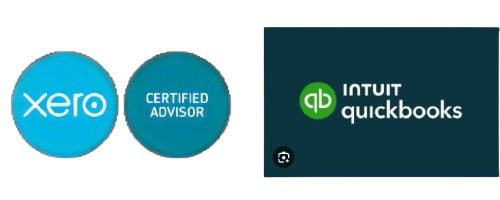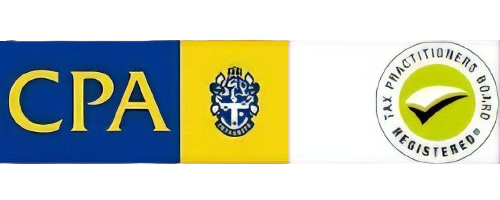8th September 2015 by KLokk Accounting.
Which structure would be best for your business?
Whether you are going to start your own business or growing an existing business, thinking of downsizing or changing your business structure for potential tax reasons, it is important to understand the differences between each type of business structure prior to making the change. There are some key points to consider when choosing a business structure which will save yourself time, headaches and money.
Below are business structures that are most widely used in Australia:
– Sole trader:

This is the simplest and inexpensive form of business structure which is chosen by many businesses when they begin. You are in business by yourself and entitled to all capital growth and profit of your business. Profit from your business is your personal income and taxed at your marginal rates.
– Partnership:
This is another simple form of business structure that involves two or more people starting a business and sharing profits and losses. This structure allows partners to combine their skills and resources, but also leads to possible future disputes between partners over profit sharing. Therefore, it is essential that a formal Partnership Agreement be drawn up by an accountant or lawyer.
Partners share all business assets and are jointly liable for all partnership debts with or without their knowledge. The partnership does not pay income tax, while each partner pays tax on their share of net partnership income at their marginal rates.
In today’s litigious business environment, sole trader and partnership are generally not the preferred structures since the liability for business debt is unlimited and could extend to the owners’ personal assets.
– Company:

This business structure is more expensive due to higher setup and compliance costs. It provides greater asset protection with limited liability for its owners as it is treated as a separate legal entity. However, company directors may become personally liable for unpaid employee PAYG withheld and superannuation guarantee charge. The company pays a flat company tax rate while the owners are taxed at their marginal rates.
There has been public perception and preference for corporation. Companies are more likely to have greater access to opportunities and maximise their chances of producing a successful bid for Government contract. Suppliers and customers also prefer to make long-term deals with companies.
In addition, incorporation allows greater access to government grants, funding and tax incentive. For instance, R&D tax incentive is available to companies while sole traders, partnerships and trusts other than public trading trusts are not eligible to apply.
– Discretionary trust:

This is the structure where a trustee (an individual or company) manages property or income for the benefit of beneficiaries (members of the trust). This structure not only provides similar asset protection to that of a company, but also offers more flexibility in terms of asset and income distribution. The most common example of Discretionary trust is the family trust.
Beneficiaries pay tax at their marginal rates. Minors receive income from trust distribution pay higher minor tax rates as opposed to adult tax rates. Therefore, it is more tax effective to distribute most of the trust income to adult beneficiaries and beneficiaries with lower taxable income.
Since the trustee has full discretion in the distribution of trust income to each beneficiary, family disputes may arise if the trustee favours one beneficiary over another.
Conclusion:
There is no ‘one size fits all’ business structure as it depends on your circumstances, the type and size of your business as well as the stage of your business life. There is also no business structure that can guarantee complete protection, but we can say that Asset Protection, Limitation of Liability and flexibility in terms of achieving legitimate tax reductions are key features to consider when choosing a business structure.



